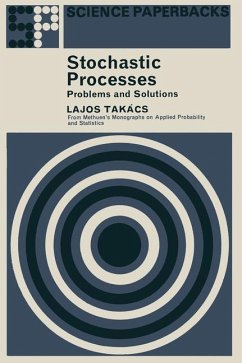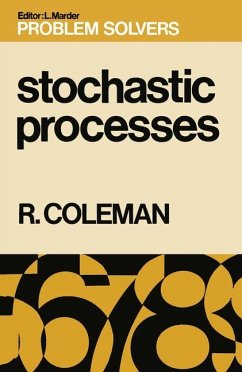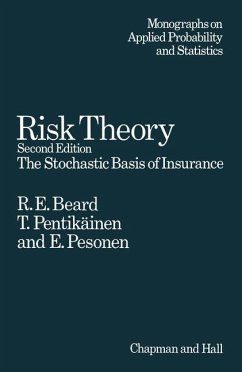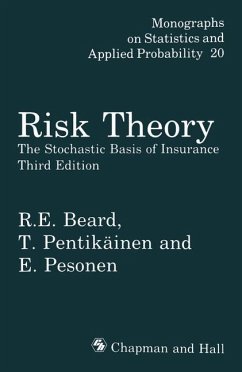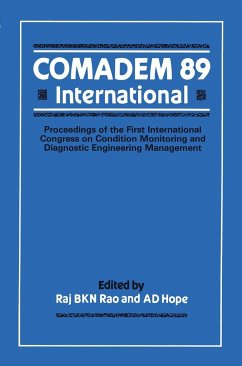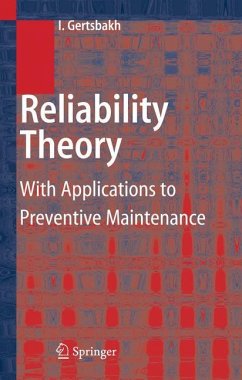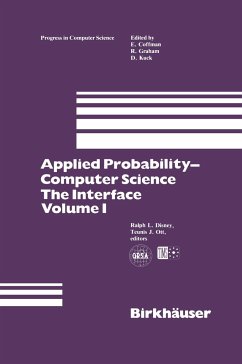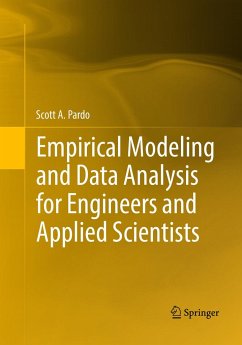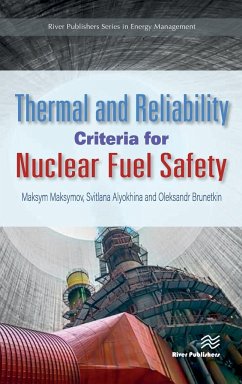
Point Process Models with Applications to Safety and Reliability

PAYBACK Punkte
19 °P sammeln!
In teaching an elementary course in stochastic processes it was noticed that many seemingly deep results in point processes are readily accessible by the device of representing them in terms of random gap lengths between points. The possibility of representing point processes in terms of sequences of random variables rather than probability measures makes them mathemati cally simpler than general stochastic processes. Point processes can be studied using only the tools of elementary probability, that is the joint distributions of finitely many random variables. Given the wide applicability of ...
In teaching an elementary course in stochastic processes it was noticed that many seemingly deep results in point processes are readily accessible by the device of representing them in terms of random gap lengths between points. The possibility of representing point processes in terms of sequences of random variables rather than probability measures makes them mathemati cally simpler than general stochastic processes. Point processes can be studied using only the tools of elementary probability, that is the joint distributions of finitely many random variables. Given the wide applicability of point process models and the difficulty of access by the measure-theoretic route, it was determined that the simpler representation is of sufficient expository im portance to deserve emphasis. The present book is the result: it is specialized and short and therefore is called a monograph. In its development the material has been taught to several classes with pleasing results. Students have apparently understood theorems which by other methods appear difficult and deep. A few of the results, particularly on reliability, safety assessment and clustering, are original applied research. An alternative title for this monograph might be 'Point processes: What they are and what they are good for.





